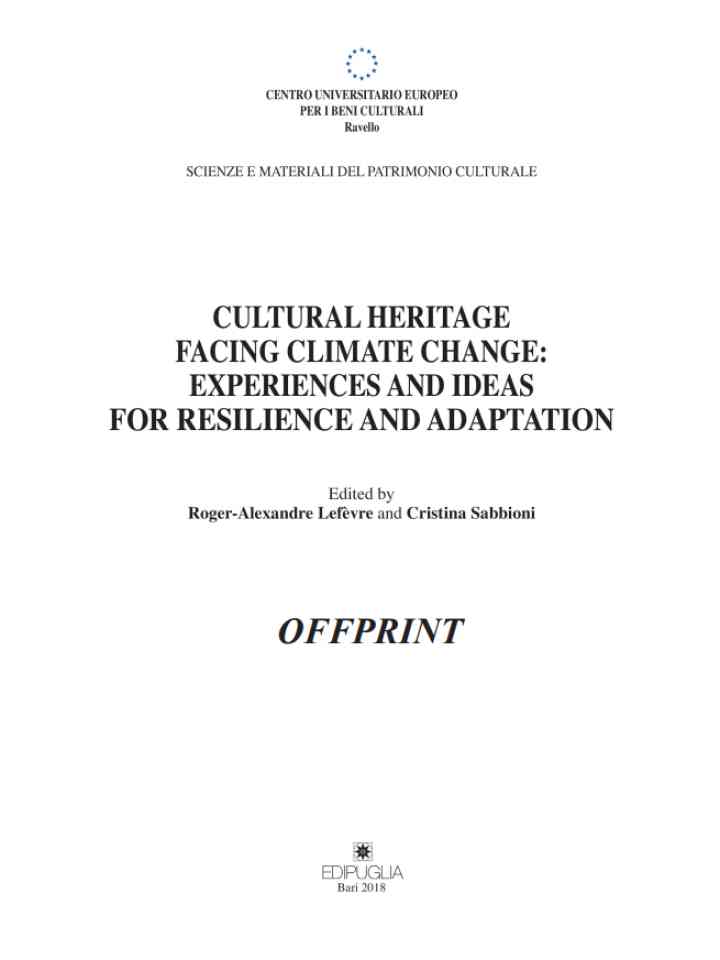Bioprotection of stone monuments under warmer atmosphere
Biofilms, including lichens, are present in all stone surfaces exposed to the environment. When a new stone surface is exposed to the atmosphere, starts a new colonization by microorganisms, both in natural or manmade induced conditions. Crustose saxicolous lichens, when they are alive, it has been found that can act protectively, even after death, the patina they left continues to protect the stone surface from erosion. In arid regions, the extreme temperature can act as a limiting factor for the life of lichens.
Differences time of colonization, until lichens are formed, can be explained by several factors, namely: climatic, dry deposition from the atmosphere and type of rock, among the main. On manmade stone, one of us (AGB) found that colonization in Barcelona city was fast. Afterone year, surface of sand-lime mortar, were strongly colonised by dematiaceous fungi, which developed evident mycelia on the mortar surface, also were observed algae colonies, mainly Stichococcus bacillaris and Trebouxia-like. After 3 years, little thalli of lichens Verrucaria.
Explore further
